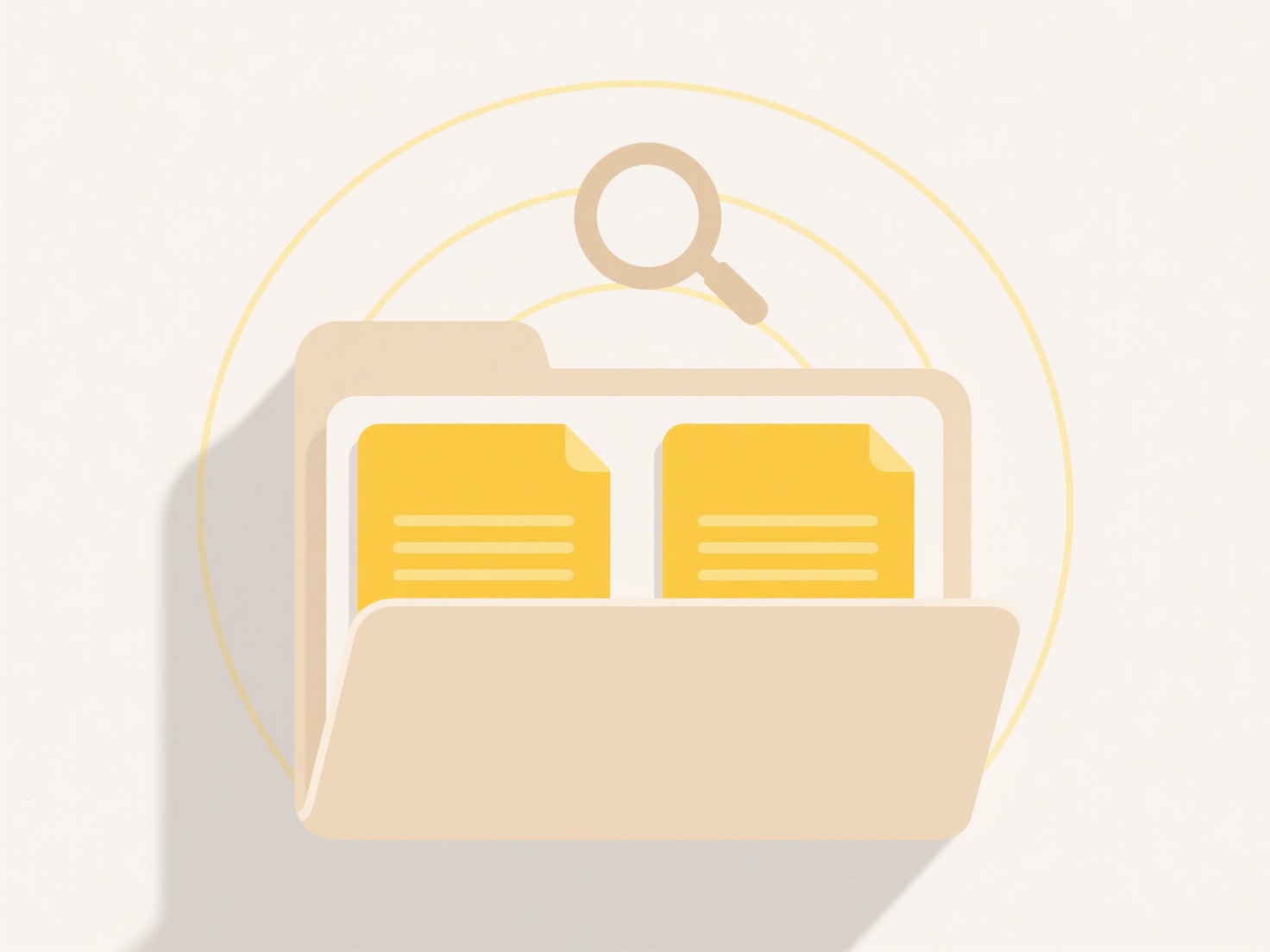
Planning storage hierarchy for enterprise scale involves strategically organizing different storage tiers (such as SSD, HDD, tape, cloud) based on data value, access frequency, and performance requirements. It differs from simpler setups by deliberately leveraging cost-performance tradeoffs: high-performance/low-latency storage (like NVMe SSDs) is reserved for critical, frequently accessed data, while cheaper, slower media (like HDDs or cloud archives) store less critical or infrequently used data. The goal is optimizing cost while meeting service level objectives (SLOs) for performance, availability, and durability.
For example, a financial institution might use all-flash arrays for real-time trading databases requiring sub-millisecond latency, high-performance SAS HDDs for daily transaction processing reports, and object storage or tape for long-term compliance archives. Cloud platforms exemplify this by offering hot, cool, and archive tiers with varying access speeds and costs. Automated tiering software often manages movement between these levels based on access patterns.

This approach offers significant cost savings and allows scaling to petabytes. Key advantages include balancing performance needs with budget constraints. However, careful planning is essential: poor placement decisions can create bottlenecks or violate compliance. Challenges include managing data movement complexity, maintaining consistent backups across tiers, and forecasting future needs. Future developments focus on AI-driven automated tiering and seamless integration between on-premises and multi-cloud storage for greater agility.
How do I plan storage hierarchy for enterprise scale?
Planning storage hierarchy for enterprise scale involves strategically organizing different storage tiers (such as SSD, HDD, tape, cloud) based on data value, access frequency, and performance requirements. It differs from simpler setups by deliberately leveraging cost-performance tradeoffs: high-performance/low-latency storage (like NVMe SSDs) is reserved for critical, frequently accessed data, while cheaper, slower media (like HDDs or cloud archives) store less critical or infrequently used data. The goal is optimizing cost while meeting service level objectives (SLOs) for performance, availability, and durability.
For example, a financial institution might use all-flash arrays for real-time trading databases requiring sub-millisecond latency, high-performance SAS HDDs for daily transaction processing reports, and object storage or tape for long-term compliance archives. Cloud platforms exemplify this by offering hot, cool, and archive tiers with varying access speeds and costs. Automated tiering software often manages movement between these levels based on access patterns.

This approach offers significant cost savings and allows scaling to petabytes. Key advantages include balancing performance needs with budget constraints. However, careful planning is essential: poor placement decisions can create bottlenecks or violate compliance. Challenges include managing data movement complexity, maintaining consistent backups across tiers, and forecasting future needs. Future developments focus on AI-driven automated tiering and seamless integration between on-premises and multi-cloud storage for greater agility.
Quick Article Links
How do I fix indexing errors on OneDrive folders?
Indexing creates a searchable catalog of your OneDrive files. When errors occur, Windows search might fail to find recen...
Can I save confidential files securely on a shared computer?
Saving confidential files on a shared computer securely requires special precautions. Unlike storing files privately on ...
Are AI models trained on my data or are they fixed?
Are AI models trained on my data or are they fixed? Wisfile's AI models are fixed and never train on your personal fil...